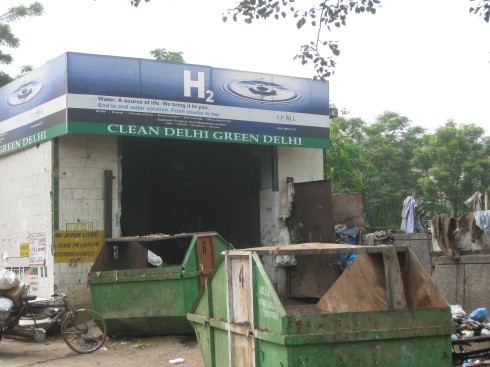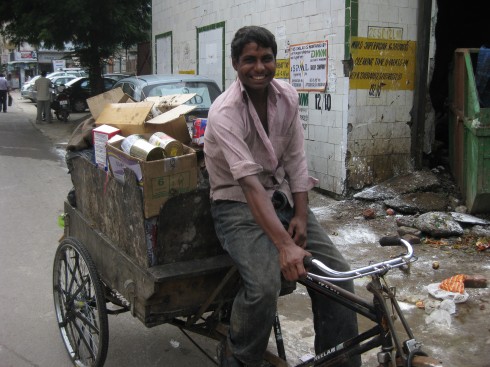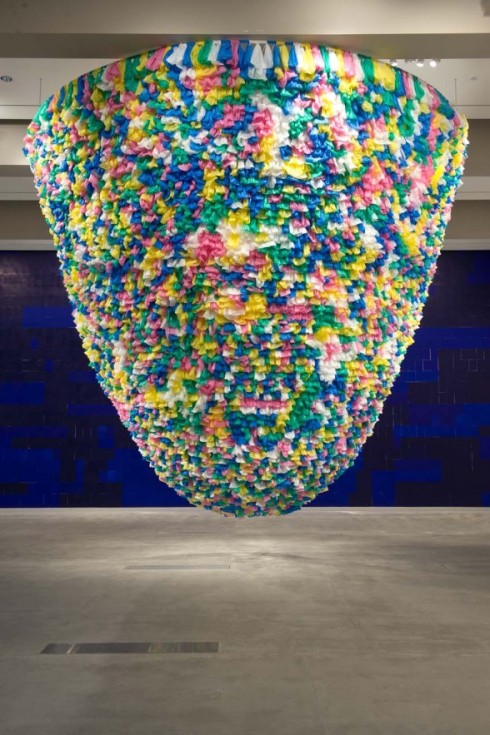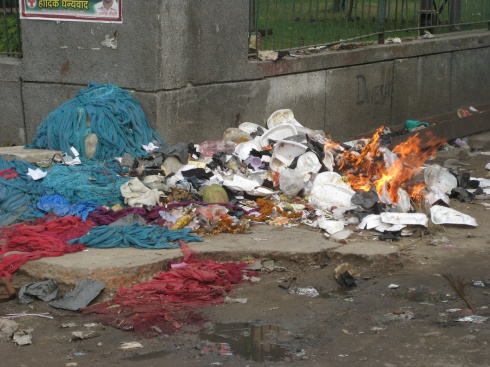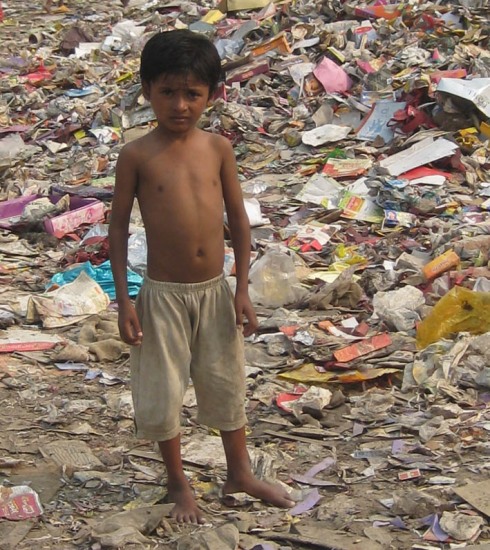Today, in our last interview for the ideas hub, we hear from Conserve India’s co-founder, Anita Ahuja.
With an academic background in political science, Anita’s career has encompassed various roles: writer, artist, designer, environmentalist and social activist. Today, she combines all these skills and interests in her work as Conserve’s Creative Director.
1. How did Conserve India begin?
I started Conserve India over 11 years ago, with my friends and family, as a small neighbourhood composting project. But we were also tackling poverty and unemployment by trying to provide an income stream for Delhi’s ragpickers – many of whom live in the city’s slums.
Early on we realized there wasn’t a great local market for selling compost. We also noticed plastic bags were a big waste problem as they weren’t being collected well or recycled. If left as litter on the streets, the bags can clog up drains and get eaten by animals such as cows.
It sounds a little strange, but when I saw plastic bags floating down the street it was almost as if they were calling out to me to do something with them.
Where other people saw waste, I saw a material with inherent beauty.

Anita Ahuja interviewed for french documentary series, Shamengo
So, with my engineer husband Shalabh and members of our family, I began thinking about how we could use this material.
Through trial and error, we developed a unique heat press technology to make our patented material – Handmade Recycled Plastic (HRP).
The plastic bags are collected by the ragpickers, washed and sorted then pressed into sheets of HRP. As it’s mostly done by hand, producing HRP is an energy efficient process.
We also avoid adding any dyes or toxic chemicals – we simply layer the shopping bags until we achieve the colours we desire. I then began experimenting with making and selling HRP products.
About six years ago, Shalabh and I established Conserve HRP, the business arm of Conserve India, so we could lessen our dependence on grants and development funding by generating more income from product sales.
We have since diversified into other materials such as tyre tubes and seatbelt offcuts. Over the years we have attracted very supportive overseas buyers and our organisation has continued to grow.
2. Would you describe Conserve India as a social enterprise?
Yes. Conserve is a hybrid organisation – we are a registered non-governmental organisation (Conserve India) supported by the export business (Conserve HRP). Conserve HRP buys the sheets of handmade recycled plastic from the NGO side.
I don’t think working for profit is a bad thing – it’s good to diversify your income streams. It’s what you do with those profits that defines your organisation.
Although our business arm makes a profit, that’s only one third of the triple bottom line. You wouldn’t get the full picture of Conserve India if you only looked at turnover. We are strongly committed to the social and environmental outcomes in what we do.
Our success in exporting products made from waste, or upcycled products, allows us to pay fair wages and plough profits back into health and education services for our staff and their families.
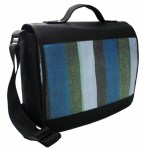
The 'Robin' HRP messenger bag
In a traditional corporation you would probably view these services a additional perks or benefits of working there.
But many of our staff come from the poorest communities in Delhi and struggle to access enough income, let alone education and health care; so the social development aspect is a fundamental part of our mission.
3. What are some of the challenges you have overcome in establishing this organisation?
In Delhi it’s actually illegal for people to pick through waste. Once it reaches the local dhalaos (neighborhood collection and recycling centres) it becomes the property of the municipal authorities.
The ragpickers are only tolerated at these centres because of the obvious waste reduction and cost saving benefits they bring by sorting and extracting the recyclables from rubbish.
So working with the ragpickers, we are dealing with a caste of people with very few rights or social standing.
Because of these issues, and the perception of our work as dirty and unhealthy, at the beginning we found it hard to rent space for sorting and washing the plastic bags.

A Conserve India washing unit
We also found it difficult to have HRP products officially recognized as handicraft by the Indian government because it’s an innovative material and not over 500 years old.
If we could have achieved this it would have made it easier for us to sell our products through government-sanctioned emporiums in India.
But we’ve managed to survive by focusing our efforts on the export market and the many supportive buyers we’ve found overseas.
With an unskilled workforce – many of our staff can’t read or write – we’ve had to be very inventive in setting up our production processes.
For example, we named all the different coloured bags after well-known Bollywood stars and used their pictures to identify piles of the same coloured plastic.
But finding creative ways to address such issues is what I enjoy about this work; if you believe in what you’re doing, you can always find a way to solve a problem.
4. What about the future?
We are constantly on the lookout for new business opportunities.
The Conserve Delhi 2010 Project opened up the possibility for us to continue developing products with major event waste.
The project also stirred up interest from several corporations leaving us with potential for working in the domestic market.
We’ve also had many inquiries from around the world about our process for manufacturing HRP and we’re considering franchising our patent on the technology.
At present we are shifting our operations to a new, purpose built factory on the west of Delhi. It’s an exciting transition, where we hope to employ more staff and transform even more waste materials into new and valuable products.

Anita and Shalabh Ahuja at the new Conserve India factory
Tags: conserve delhi 2010, conserve india, Delhi, dhalaos, handmade, handmade recycled plastic, India, informal recycling, Liz Franzmann, plastic waste, project need, ragpickers, social business, social enterprise, triple bottom line, upcycled products, upcycling, vinyl recycling

